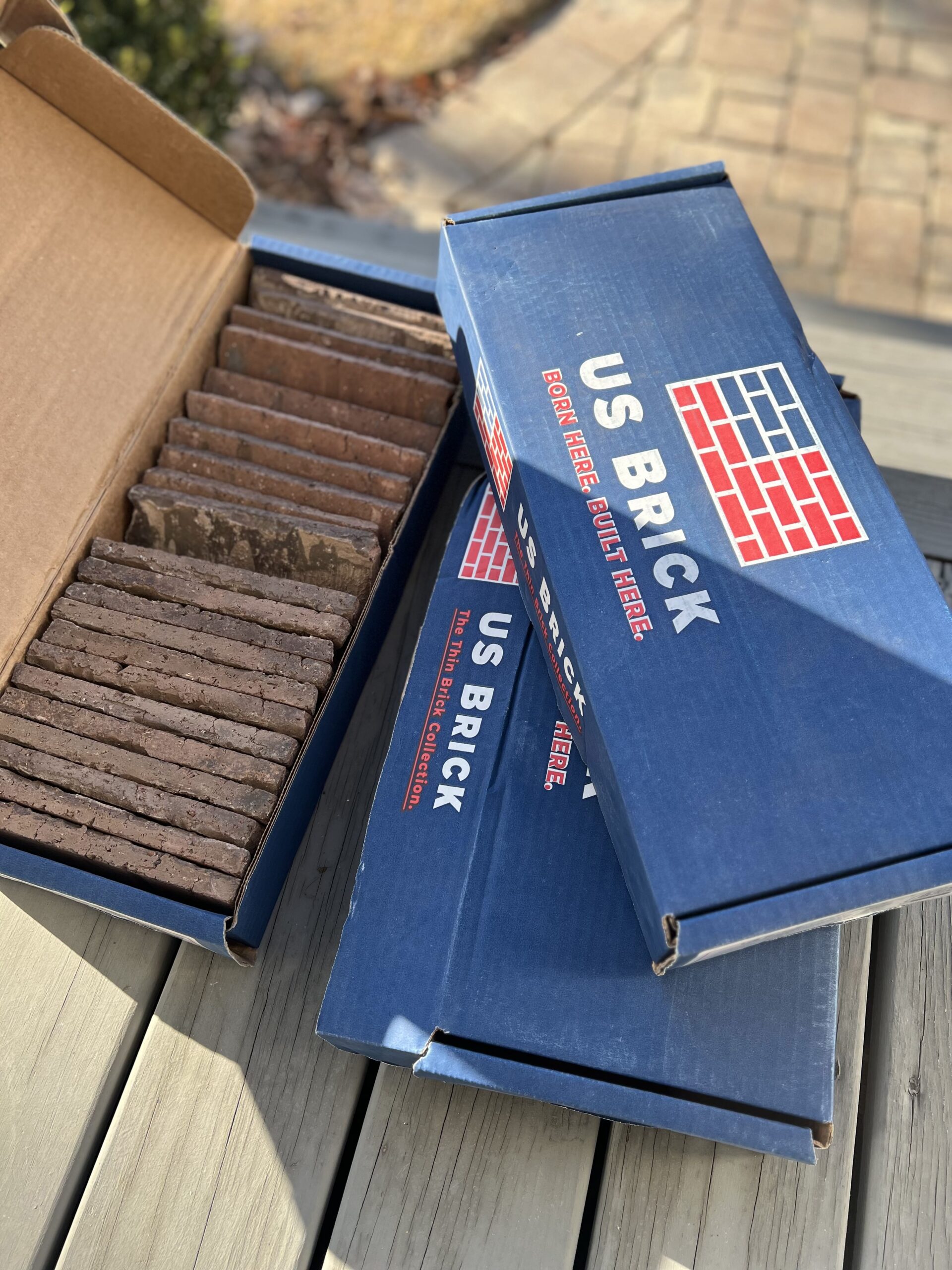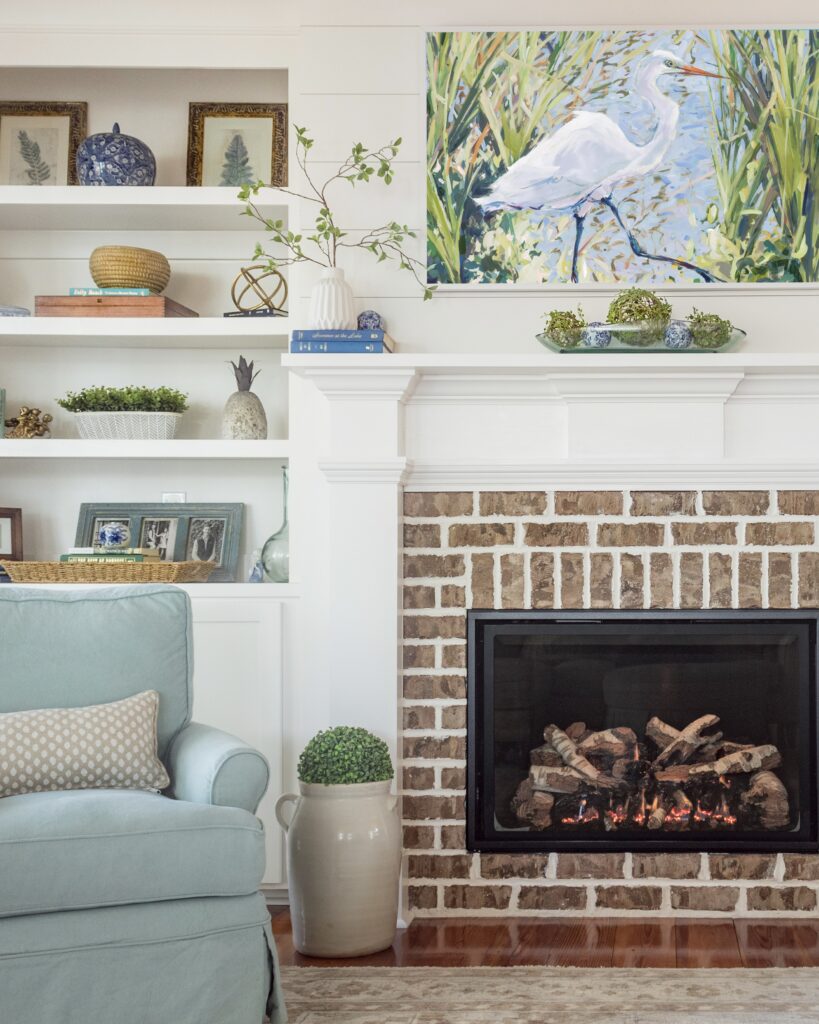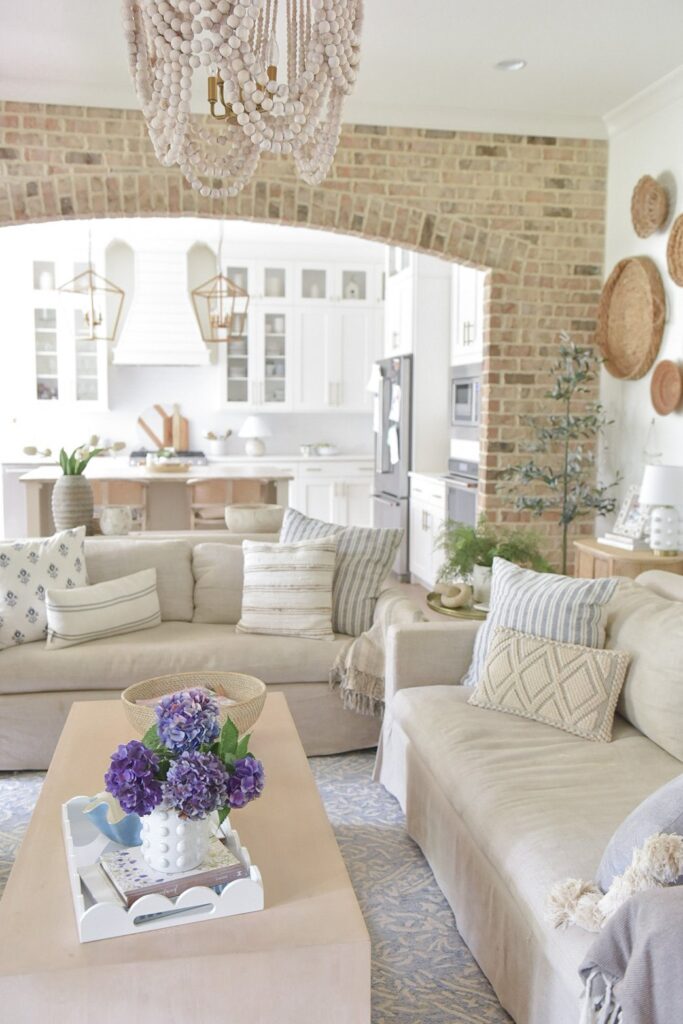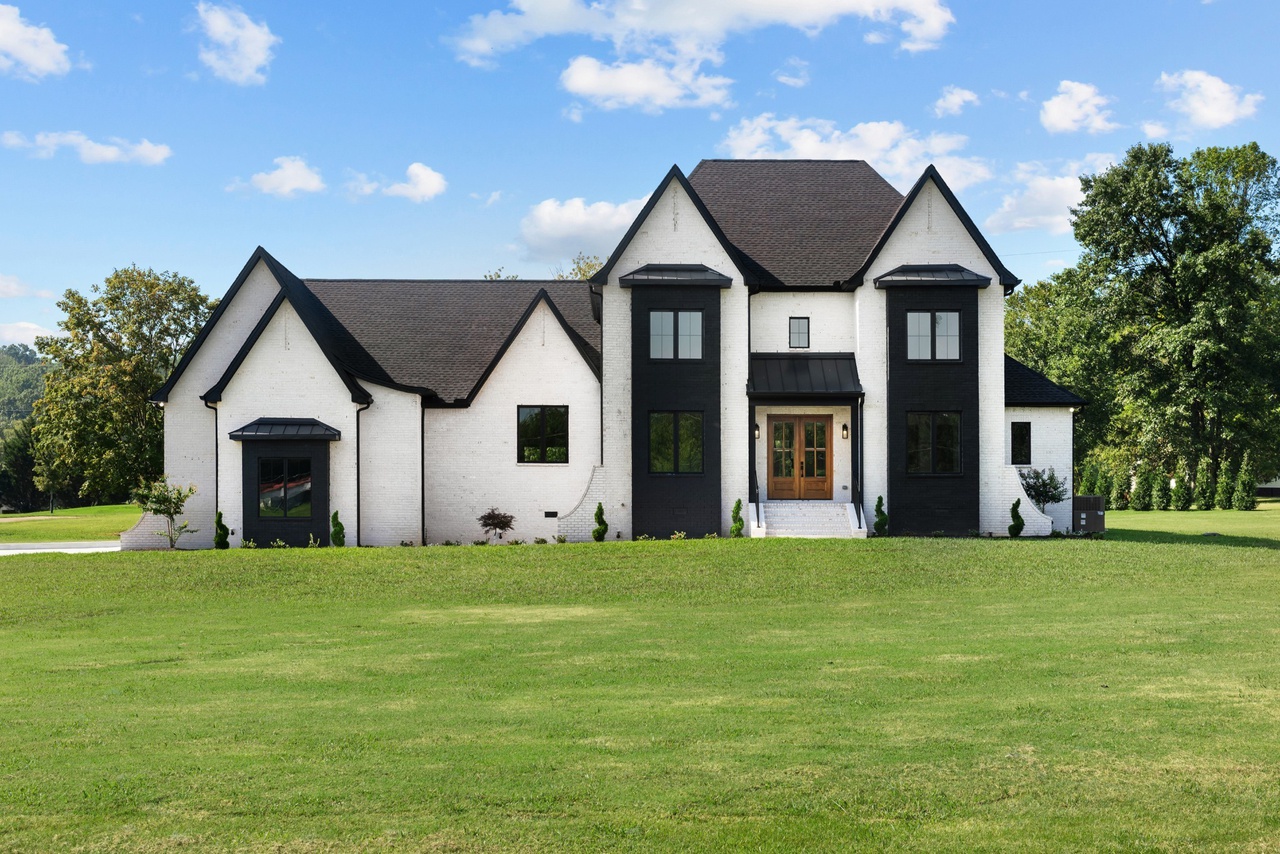Beginner’s Guide to Thin Brick, Brick Veneer & More

Thin brick offers the look and feel of traditional brick without the weight and bulk, making the material great for a variety of interior and exterior applications. But with so many names and misconceptions floating around, it can be tricky to understand exactly what thin brick is and how it can be used. Below we hope to clear up the confusion and help you decide if thin brick is the right choice for your project.
What Is Thin Brick?
Thin brick, also known as brick veneer, fake brick, or even clay tiles, is actually just the face sliced off of a real, traditional clay brick. If your project requires the strength of structural brick, thin brick is not the right choice. However, if you’re looking to achieve the look of brick without the need for structural support, thin brick is ideal.
Why People Love It
Our Thin Brick is typically between a half-inch and an inch thick. It’s compatible with face brick and has the benefits of being cost-efficient as well as quicker to produce. Our designer friends tell us thin brick is one of the best ways to add texture and interest to living spaces. It’s also lightweight and easy to cut making it a great material for DIY projects.
What to Use Thin Brick for
Thin brick is incredibly versatile and can be used in many settings where traditional brick might be impractical or unaffordable. Here are some of our favorites:
Interior Walls, Floors, and Ceilings

Thin brick can add warmth and texture to your interior spaces without the need for reinforcing your walls to support the weight of traditional brick. Some of our favorite creative uses with thin brick are ceilings in small spaces like butler pantries, home libraries and accent flooring in sunrooms and laundry rooms.
Fireplaces

Thin brick is perfect for creating a cozy, authentic brick fireplace without the need for extensive masonry work. It’s also one of the best ways to easily DIY or update an existing fireplace. See here for a video transformation from stone to thin brick fireplace.
Backsplashes and Accent Walls

Thin brick can be used to create stunning kitchen backsplashes or accent walls in any room. Popular examples include kitchen backsplashes that add a rustic charm or accent arches in living rooms that provide a focal point.
Where to Find Thin Brick?
Whether you’re looking for a classic red, a modern gray, or something in between, we have a thin brick option for you. Both our commercial and residential collections are available in thin brick sizes. This means you can achieve the same look with thin brick as you can with our standard bricks, or coordinate your interior accents with your exterior siding! If you have questions or need assistance, don’t hesitate to shoot us a message – our inbox is always open!
Frequently Asked Questions About Thin Brick
- Do I need to seal my thin brick?
Sealing is not always necessary for thin brick applications, but there are a few scenarios where we strongly recommend it. For example, if you’re applying thin brick as a backsplash in your kitchen, a sealant should be used so that it can be easily cleaned. Another common instance is for flooring. Sealing the floor will help keep the original colors, texture, and coatings intact in high-traffic areas, and your broom will thank you for it! - How do I clean thin brick?
Thin brick is low-maintenance – regular dusting or vacuuming for interior applications will suffice. If you want to clean your thin brick, occasional mild soap and water cleaning are usually all that’s needed. For high-traffic areas, consider adding rugs or a sealant to minimize wear. - Is thin brick real brick?
Yes, thin brick is real clay brick that has been cut into thin slices. It offers the same aesthetic qualities as traditional brick. - Can thin brick be used outside?
Absolutely! Thin brick can be used for exterior facades and other outdoor applications. Just ensure it’s installed correctly to withstand the elements, including using proper mortar and sealing techniques. - How is thin brick installed?
Thin brick is typically installed using a type S mortar, similar to how tiles are installed. It’s crucial to follow proper installation guidelines to ensure a long-lasting finish, including preparing the surface, applying the mortar, and sealing the brick if necessary. - Is thin brick as durable as regular brick?
While thin brick is durable, it’s not meant for structural purposes. However, when used correctly, it can last just as long as traditional brick in aesthetic applications.




